Both sexes share the incubation of the two eggs and there are normally three or even up to six broods per year. The Collared Dove is small slim dove with quite a long tail - it is much smaller than a Wood Pigeon.
 Eurasian Collared Dove Wikipedia
Eurasian Collared Dove Wikipedia
Predators of Mourning Doves.

How long do collared doves live in the wild. If not cleaned off the window they can last for several months as the dust is oily and quite sticky. It is not uncommon to hear of some doves living beyond 20 years. Adults can be distinguished from juveniles by the narrow black and white band round the back of the neck which juveniles lack.
The largest populations are typically found around farms where spilt grain is frequent around grain stores or where livestock are fed. Collared doves are non-migratory birds so you will see them in Britain all year round. These epic journeys tend to be northwesterly.
They are often found around towns and villages and are frequent visitors to gardens. At the moment its in a small cardboard box in my shed with bird seed and a bowl of water while I figure out how best to care for it so it can go back into the. Although youll often see them on their own or in pairs flocks may form where there is a lot of food available.
Since breeding in the UK was first recorded in the 1950s numbers have increased and the collared dove is now one of our commonest garden birds. This bird is the seventh most frequently seen species in British gardens and the population has reached 230000 pairs. - Slightly smaller than white-winged dove - Dark wing spots A - Long tapered tail that ends in a point B - After breeding season can be found in flocks occasionally with white-winged doves and Eurasian collared doves especially in areas with abundant food such as agricultural and open fields.
Where When Will I See Collared Doves. I have a pale pink dove named Peaches that is two years old and flies free in my house. In the wild life-spans are short -3 to 5 years.
For any songbird the first year of survival is the most difficult. They quickly spread across the US in the 1970s after 50 Collared Doves. Hi last year we got a dovecote and 4 doves we kept them contained for several weeks so they could pair bond and develop their homeing instinct for several weeks everything was fine one pair had eggs and had two young but to my dismay several pigeons started to come around splitting the birds up makeing them fly with with them they made it difficult for them to eat the food we put out for them i contacted the breeders of the doves.
We are in a day-and-age during which more bird species are threatened with extinction than ever before. Apparently her dogs brought it in. This process lasts between 14 and 18 days with the young Collared Dove hatching after this.
Young of this species have traveled more than 600 km from their birthplace. The Eurasian collared dove is not wary and often feeds very close to human habitation including visiting bird tables. The collared dove is a small pigeon found on farmland and in woodland parks and gardens across the country.
First year birds have a mortality rate of 60 - 75 percent and adults have a mortality rate of 50 - 60 percent. A friend has brought me a young collared dove looks like it hasnt quite grown all its feathers yet after waiting at home for two days for the RSPCA to show up and not hearing anything from them. Within 20 years they had colonised every county in the British Isles and had even reached Shetland and the Outer Hebrides.
You will find the Collared Dove near towns and villages and they are well-known to visit gardens too. Find out more about Collared Doves on BirdFacts and the Wider Countryside Report. Interestingly Eurasian Collared Doves only came to the UK in the 1950s after spreading across Europe from the Middle East.
Today collared doves are fast colonising North America and North Africa. Revolution aims to publish the Top 25 Wild Bird Photographs of the Week. Question 7 How Long do Doves Live For.
Non-native to the UK the collared dove arrived in Norfolk in the 1950s. They have a preference for evergreen trees and species such as Leylandi are ideal and hence why Collared Doves often nest in urban gardens. - Juvenile mourning doves can have buffy tipped.
With a flash of white tail feathers and a flurry of dark-tipped wings the Eurasian Collared-Dove settles onto phone wires and fence posts to give its rhythmic three-parted coo. There was great excitement among birdwatchers when these doves nested in the. In captivity doves can live to be 12 to 15 years old.
The plumage of this elegant dove is mostly a pale brown-grey but the breast is a pinkish buff colour. If these birds survive their first year they can live on average 4 - 5 years in the wild. The average collared dove lifespan is around three years although the record is an impressive 17 years.
The breeding period is typically March to September but if enough food is available which is largely seed and grain then breeding will also. Decaocto is the species name for the Eurasian collared dove and comes from Greek mythology and the name of a servant girl who the gods transformed into a dove so she could escape her unhappy treatment and the doves mournful cry is said to recall her former life. Collared doves are a pale pinky-brown grey colour with a distinctive black neck collar as the name suggests.
They face many dangers from an early age and theyre also prone to contagious diseases such as canker In captivity a dove can live for around 20 years which goes to show how detrimental the outside world can be for these wild birds. Their monotonous cooing will be a familiar sound to many of you. How long do doves live.
This chunky relative of the Mourning Dove gets its name from the black half-collar at the nape of the neck. The wide availability of good cheap optics has opened their world to us for the last few decades. Collared doves reach sexual maturity at one year old.
Amazing affordable DSLR cameras with long lenses are delivering brilliant digital bird imagery to online communities. Since then it has naturally spread itself throughout Britain rather than being manually introduced. A few Eurasian Collared-Doves were introduced to the Bahamas in the 1970s.
They have deep red eyes and reddish feet. It is a gregarious species and sizeable winter flocks will form where there are food supplies such as grain its main food as well as seeds shoots and insects. They are best viewed against a dark surface and can easily be photographed.
Collared doves feed on seeds and grain on the ground and are usually seen singularly or in pairs although small flocks may form where there is. Despite this they can now be found all across the UK. I heard of one dove that live with a woman in an apartment and they have picture of the bird just before she died at 30 years.
In the wild a doves average lifespan is one-and-a-half years. A normal dove with a normal life is said to live roughly 15 years and there are many variables. How long do collared doves live for.
Collared Dove The Ultimate Guide Bird Facts Kennedy Wild Bird Food
 10 Collared Dove Facts You Need To Know Discover Wildlife
10 Collared Dove Facts You Need To Know Discover Wildlife
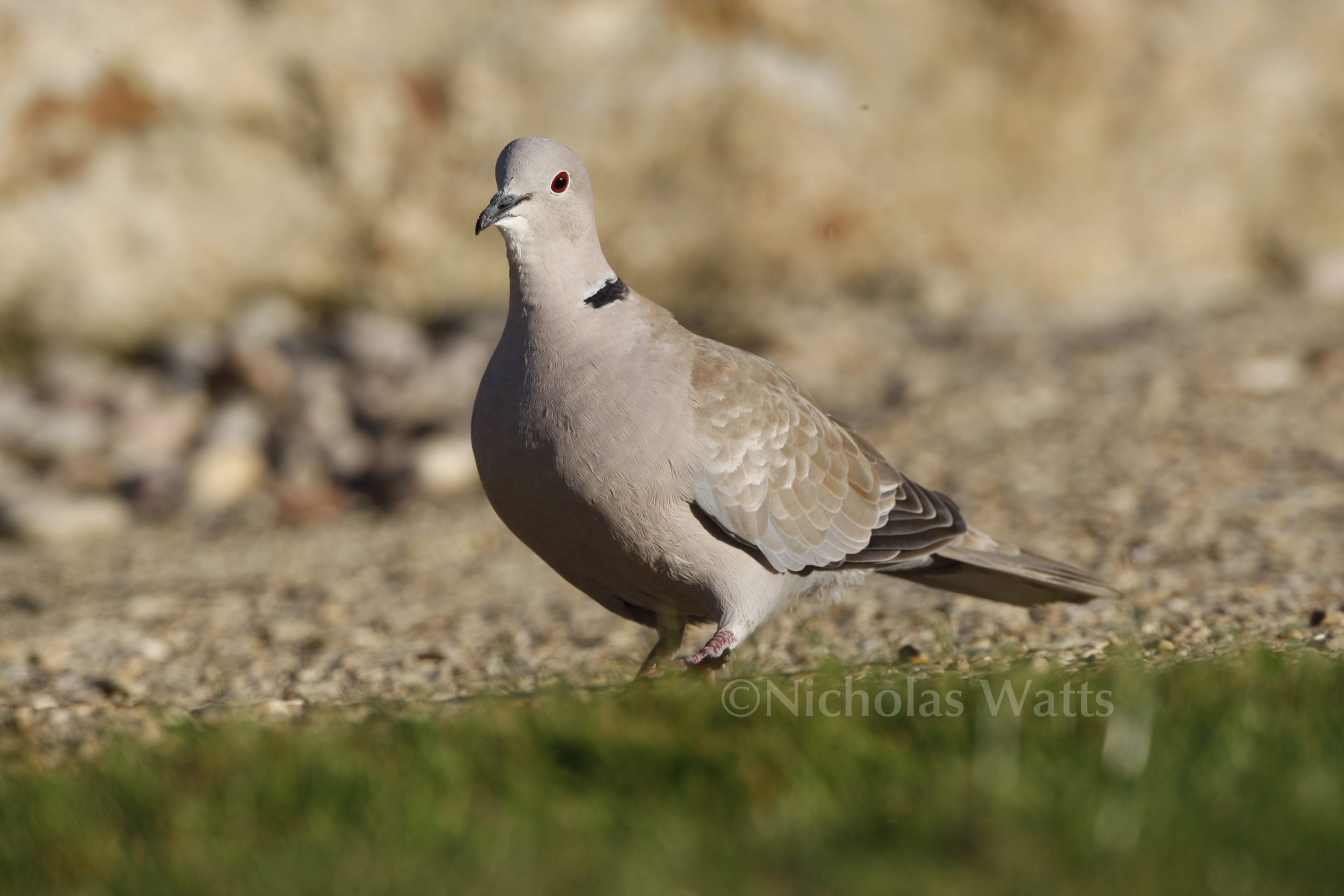 Collared Dove Bird Information Photos Videos Vine House Farm Vine House Farm
Collared Dove Bird Information Photos Videos Vine House Farm Vine House Farm
 Bird Lore Eurasian Collared Dove My Edmonds News
Bird Lore Eurasian Collared Dove My Edmonds News
 Eurasian Collared Dove Facts Diet Habitat Pictures On Animalia Bio
Eurasian Collared Dove Facts Diet Habitat Pictures On Animalia Bio
Eurasian Collared Doves Conquering America Feederwatch
 Eurasian Collared Dove Bird Count Documents Rapid Spread
Eurasian Collared Dove Bird Count Documents Rapid Spread
 Eurasian Collared Doves Conquering America Feederwatch
Eurasian Collared Doves Conquering America Feederwatch
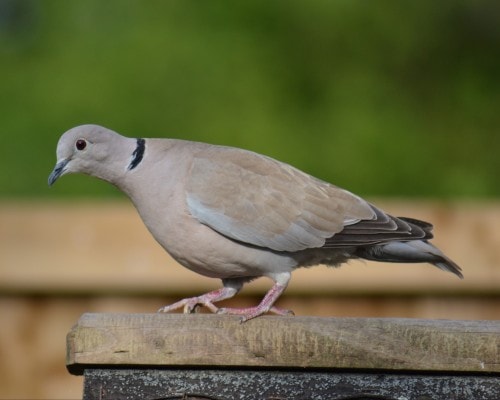 Collared Dove Fact File British Garden Wild Bird Peckamix
Collared Dove Fact File British Garden Wild Bird Peckamix
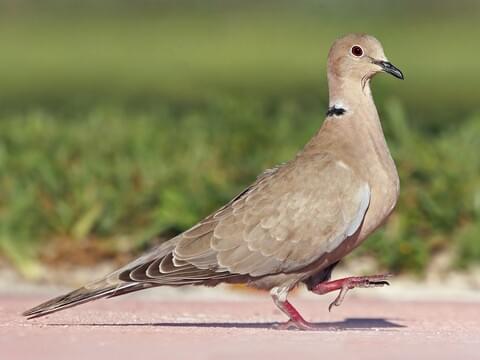 Eurasian Collared Dove Identification All About Birds Cornell Lab Of Ornithology
Eurasian Collared Dove Identification All About Birds Cornell Lab Of Ornithology
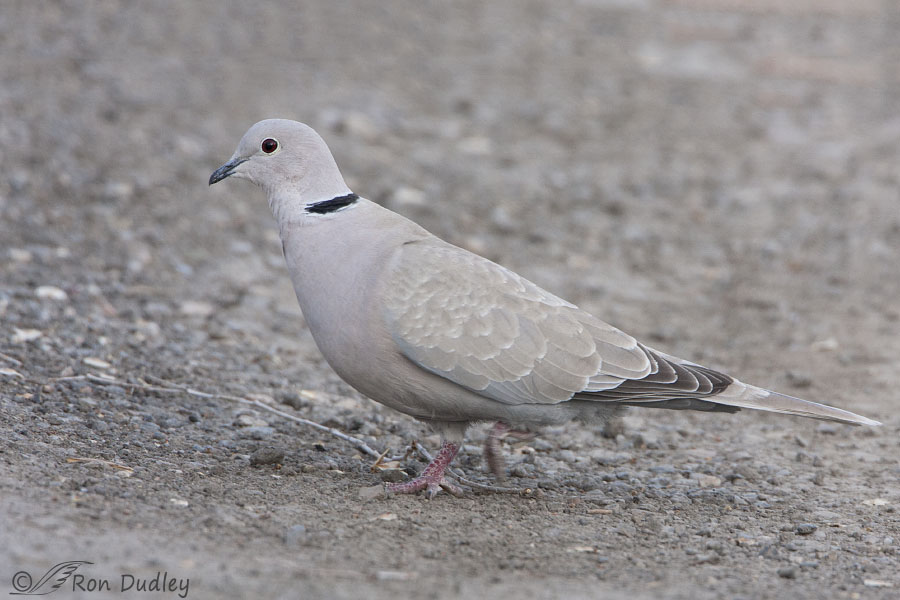 Eurasian Collared Doves How They Got Here And Does It Matter Feathered Photography
Eurasian Collared Doves How They Got Here And Does It Matter Feathered Photography
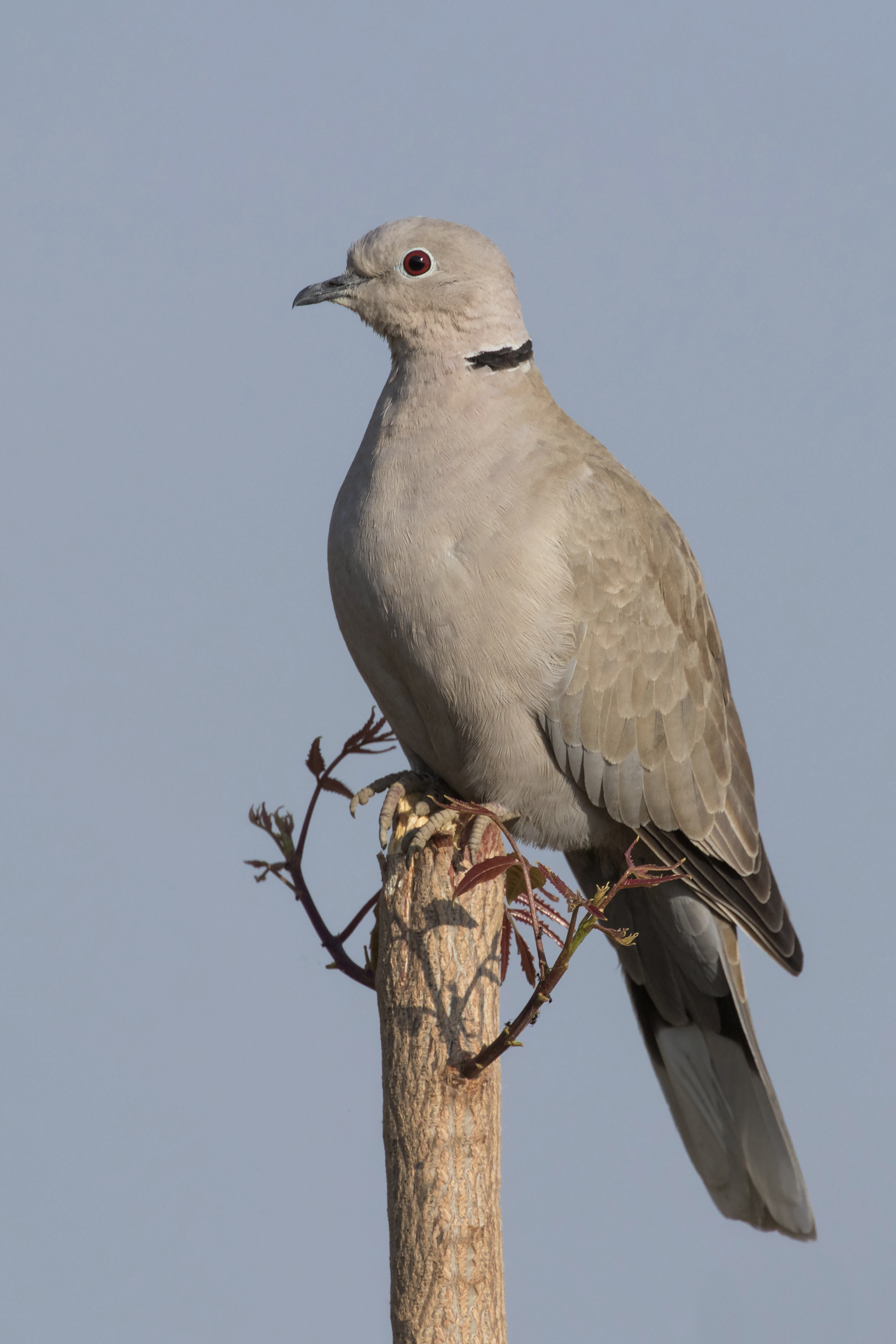 Eurasian Collared Dove Wikipedia
Eurasian Collared Dove Wikipedia
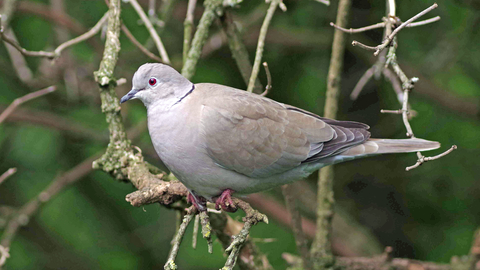 Collared Dove The Wildlife Trusts
Collared Dove The Wildlife Trusts
 10 Collared Dove Facts You Need To Know Discover Wildlife
10 Collared Dove Facts You Need To Know Discover Wildlife